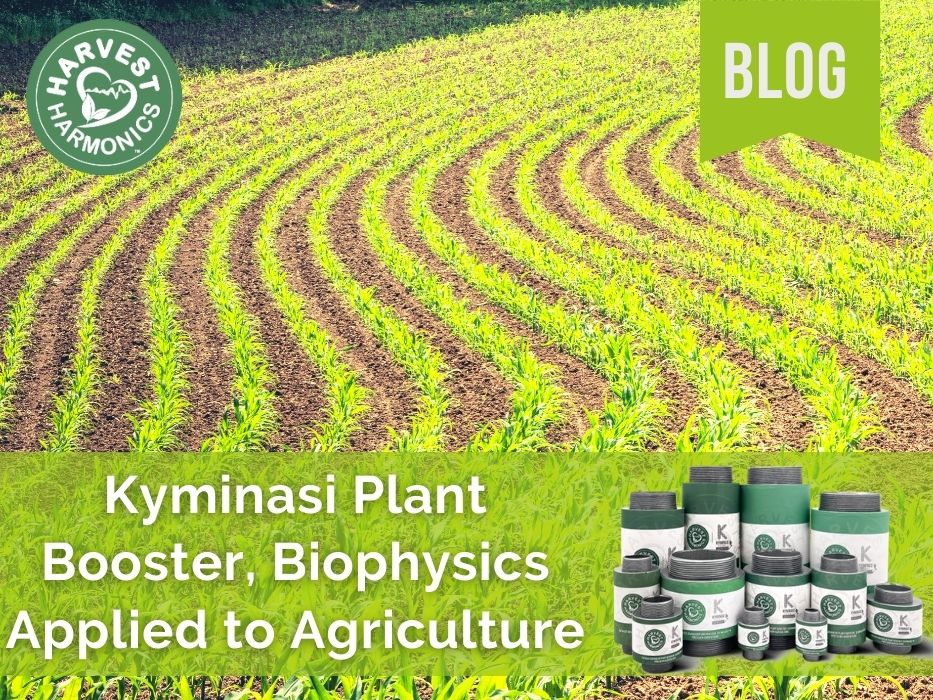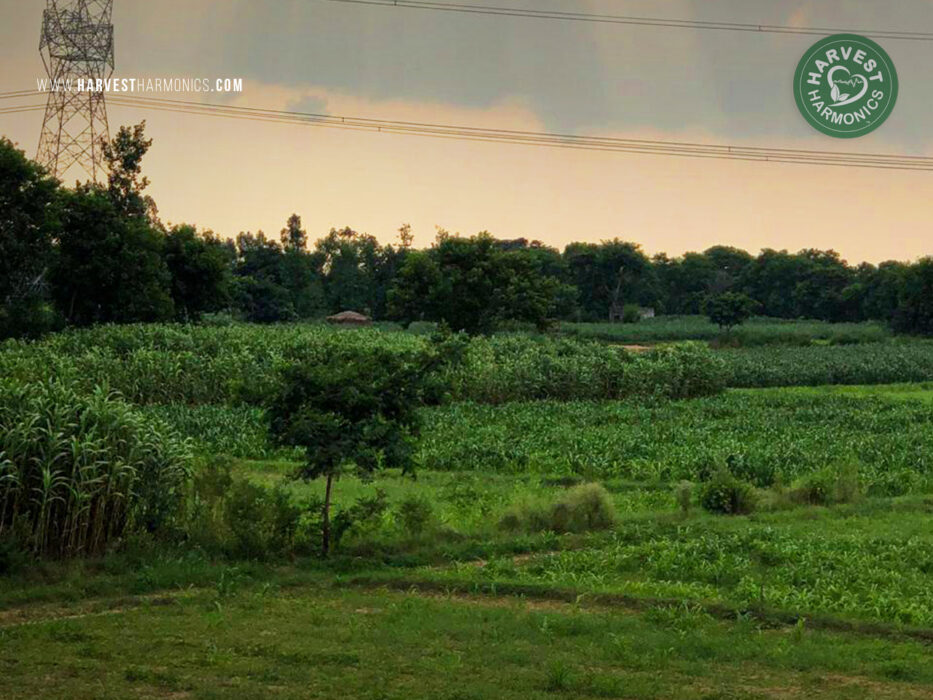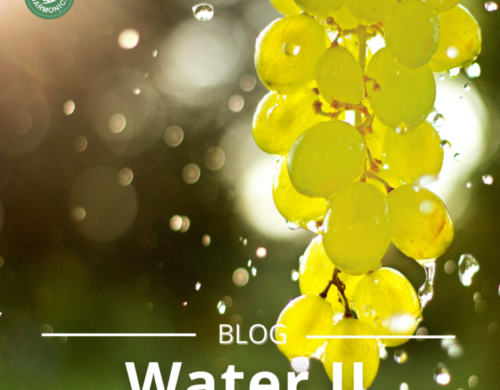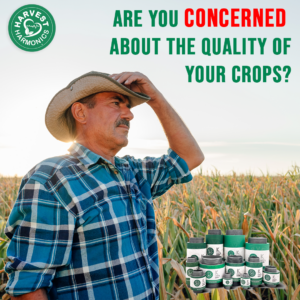Kyminasi Plant Booster, Biophysics Applied to Agriculture

Any adverse effects including negative leaf water balance, turgor loss, chlorophyll degradation, and down-regulation of photosynthesis through affecting stomatal functioning and restricting the supply of carbon dioxide (Zhou et al. 2017). Cell enlargement, leaf expansion, root and shoot development, dry matter partitioning, and consequently yield are also negatively influenced by drought stress (Farooq et al. 2009). Up to the present, a great number of investigations have been conducted to develop strategies to help plants to cope with drought stress (Aliniaeifard and Van Meeteren 2016a, b; Lastochkina et al. 2019; Khan et al. 2020).
In California, there were no major issues during planting, but higher than average temperatures in late spring affected early crop yields. Inconsistent weather patterns throughout the growing season prompted short interruptions in the flow of ripe tomatoes. Wildfires that raged through the state in late summer and early fall slowed the processing of tomato harvest. Crop quality varied by region and disease pressure was low. Due to a lack of rain, water availability continued to be a concern.
Approximately 90% of California tomatoes are grown in groundwater sub-basins (Fig. 1) that are classified as high priority or critically over-drafted. Restrictions on groundwater pumping under Sustainable Groundwater Management Act will increase competition for water, which increases the cost of water to growers in those regions and increases tomato production costs by USD 75 to USD 235 per acre, or 3% to 7%, depending on production region.
The processing tomato industry requires a material with favorable dry matter content to keep the cost of water evaporation as low as possible during the preparation of the pulp. The main fraction of this dry matter content in tomato fruits comprise the soluble solids content, expressed in °Brix it is highly influenced by the natural or artificial water supply If there are no reduce costs market prices would vary by region, which would affect crops that could be profitably irrigated.
Research developed on the effect of water stress on tomato plants reported that it had no effects on acidity levels and Total Solids Suspended. Saito et al. (2008) reported that the °Brix value increased in tomatoes under salt stress and, tricarboxylic acid levels of stress-treated fruit was also 1.6 times higher than that of the control and would affect the total acidity of tomato fruit. Mitchell et al. (1991) reported that the water-soluble solid content increased in tomato plants that were grown in limited water conditions because when water was scarce, the organic soluble dry substance synthesis and accumulation increased.
By Arantza Castro
Press Room
30 Days Summer School International Training Programme India

Agricultural Technology for Farmers in India

Organic Earth Tech, OETI, Launches One Million Dollar Technology

Produce More From Less

Replenish Earth and the Environmental RE Talk Series
Related Posts
2024 India Just Agriculture Frank’s presentation
https://www.youtube.com/watch?v=g_4vdtXBVsA&ab_channel=HarvestHarmonics The Crop Booster by Kyminasi Plants consists of...


